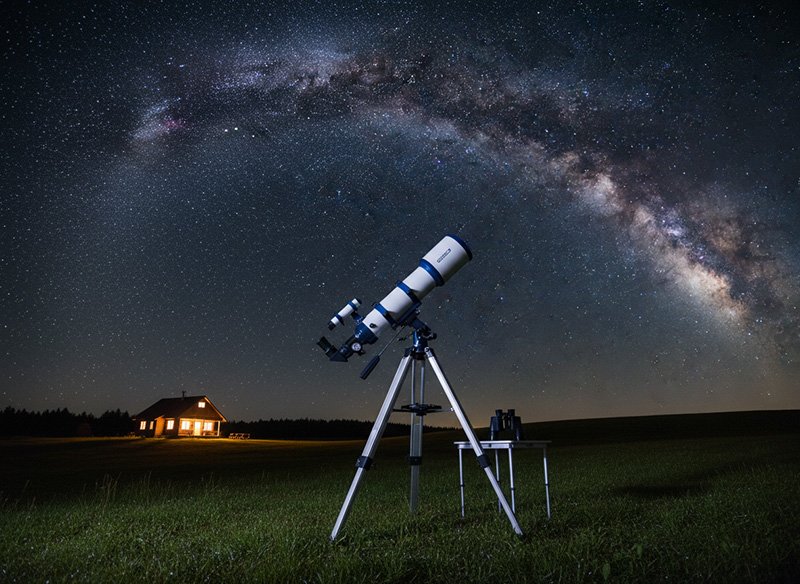The Space Race was a Cold War competition between the U.S. and Soviet Union for space dominance, leading to major technological advancements.
Key Takeaways 📝
- Technological Leap: The Space Race catalyzed groundbreaking advancements in rocket technology and satellite communications, reshaping modern science and engineering.
- Surprising Milestones: The Soviet Union’s launch of Sputnik 1 in 1957 and Yuri Gagarin’s historic spaceflight in 1961 caught the world by surprise, marking key turning points in the competition.
- Contrarian Viewpoint: While often seen as a fierce rivalry, the Space Race ultimately laid the groundwork for international cooperation in space exploration, as evidenced by the Apollo-Soyuz mission in 1975.
- Real-World Applications: The technological innovations from the Space Race have profound implications today, influencing everything from GPS systems to telecommunications and even medical technology.
- Enduring Legacy: The Space Race not only changed the course of space exploration but also left a lasting cultural impact, inspiring generations to pursue careers in science, technology, engineering, and mathematics (STEM).
The History of the Space Race
The Space Race was a pivotal period in the 20th century, marked by intense competition between two superpowers: the United States and the Soviet Union. This era not only transformed the landscape of space exploration but also had profound implications for technology, politics, and culture. Let’s delve into the fascinating history of the Space Race, exploring its origins, key events, and lasting impact.

The Space Race was a defining chapter in the annals of human history, a period where the skies became the new frontier for two of the world’s most powerful nations. This competition was not just about reaching the stars; it was a battle for ideological supremacy, technological prowess, and national pride. The Space Race spurred unprecedented advancements in science and technology, leaving a legacy that continues to influence our world today.
Origins of the Space Race
The origins of the Space Race can be traced back to the aftermath of World War II. During the war, Germany had emerged as a leader in rocket technology, developing the V2 rocket, the first operational long-range ballistic missile. This technological marvel demonstrated the potential of rocket science, prompting both the United States and the Soviet Union to invest heavily in space exploration efforts.
Early Developments in Space Exploration
One of the key figures in the early days of the Space Race was Wernher von Braun, a German engineer who played a crucial role in the development of the Jupiter C rocket. This powerful rocket was instrumental in launching the United States’ first satellite, Explorer 1, into space. The satellite carried scientific instruments, including a Geiger counter, to study cosmic rays, marking a significant step forward in space exploration.
The Cold War Context
The Space Race unfolded against the backdrop of the Cold War, a period of intense geopolitical tension between the United States and the Soviet Union. This rivalry extended beyond Earth, as both nations sought to demonstrate their technological and ideological superiority through achievements in space exploration. The launch of Sputnik 1 by the Soviet Union in 1957 was a watershed moment, signaling the beginning of the Space Race and sparking a sense of urgency in the United States.
Key Milestones in the Space Race
The Space Race was marked by a series of groundbreaking achievements. The launch of Sputnik 1, the first artificial satellite, by the Soviet Union in 1957, sent shockwaves around the world and marked the beginning of the space age. In 1961, Yuri Gagarin became the first human to travel into space, further solidifying the Soviet Union’s lead in the Space Race. However, the United States achieved a monumental victory with the Apollo 11 mission in 1969, when Neil Armstrong and Buzz Aldrin became the first humans to set foot on the moon.
Technological Innovations
The Space Race spurred remarkable technological innovations, particularly in the field of rocket science. Both the United States and the Soviet Union developed advanced rockets capable of carrying humans and equipment into space. The development of space probes and satellites also expanded our understanding of the solar system and beyond, paving the way for future exploration.
The Role of NASA
The National Aeronautics and Space Administration (NASA) was established in 1958 in response to the Soviet Union’s early successes in space. NASA played a pivotal role in the United States’ efforts to catch up and eventually surpass the Soviet Union in the Space Race. Key programs, such as Mercury, Gemini, and Apollo, were instrumental in achieving significant milestones, including the historic moon landing.
Soviet Achievements in Space
The Soviet Union achieved several notable milestones during the Space Race. The Luna program successfully sent probes to the moon, while the Vostok and Soyuz programs advanced human spaceflight capabilities. These achievements demonstrated the Soviet Union’s commitment to space exploration and its ability to compete with the United States on the global stage.
American Achievements in Space
The United States made significant strides in space exploration through programs like Mercury and Gemini, which laid the groundwork for the Apollo missions. The Apollo program, in particular, was a crowning achievement, culminating in the successful moon landings and solidifying the United States’ position as a leader in space exploration.
Cultural Impact of the Space Race
The Space Race had a profound impact on culture and society. It captured the imagination of people around the world, inspiring a generation of scientists, engineers, and dreamers. The achievements of the Space Race were celebrated in media and popular culture, influencing everything from movies and television to literature and art. Additionally, the emphasis on science and technology education during this period laid the foundation for future innovations.
The End of the Space Race
The Space Race gradually transitioned from competition to cooperation, culminating in the Apollo-Soyuz Test Project in 1975. This joint mission between the United States and the Soviet Union marked the end of the Space Race and the beginning of a new era of international collaboration in space exploration.
Legacy of the Space Race
The legacy of the Space Race is evident in the technological advancements and exploration efforts that followed. The innovations developed during this period laid the groundwork for modern space exploration, including the development of the International Space Station and the exploration of Mars and beyond. The Space Race also demonstrated the potential for international cooperation in space, setting the stage for future collaborative efforts.
Current Space Exploration Efforts
Today, space exploration is a global endeavor, with countries around the world contributing to our understanding of the universe. The International Space Station serves as a symbol of international collaboration, while private companies like SpaceX and Blue Origin are pioneering new approaches to space travel. These efforts continue to push the boundaries of what is possible, building on the legacy of the Space Race.
Future of Space Exploration
The future of space exploration holds exciting possibilities, from manned missions to Mars to the exploration of distant planets and galaxies. Emerging space nations, such as China and India, are playing an increasingly important role in these efforts, contributing to a new era of exploration and discovery.
The Space Race was a transformative period in history, characterized by remarkable achievements and intense competition. It not only advanced our understanding of space but also had a lasting impact on technology, culture, and international relations. As we look to the future, the legacy of the Space Race continues to inspire and guide our exploration of the cosmos.
What was the main goal of the Space Race?
The main goal of the Space Race was to achieve technological and ideological superiority in space exploration, demonstrating the capabilities of each superpower during the Cold War.
How did the Space Race affect the Cold War?
The Space Race intensified the Cold War rivalry, as both the United States and the Soviet Union sought to showcase their technological prowess and ideological superiority through achievements in space.
What were the major achievements of the Soviet Union in the Space Race?
The Soviet Union’s major achievements included launching the first artificial satellite, Sputnik 1, and sending the first human, Yuri Gagarin, into space.
How did the Space Race influence modern technology?
The Space Race spurred advancements in rocket technology, satellite communications, and computer systems, laying the foundation for modern space exploration and various technological innovations.
What is the future of space exploration?
The future of space exploration includes man
























